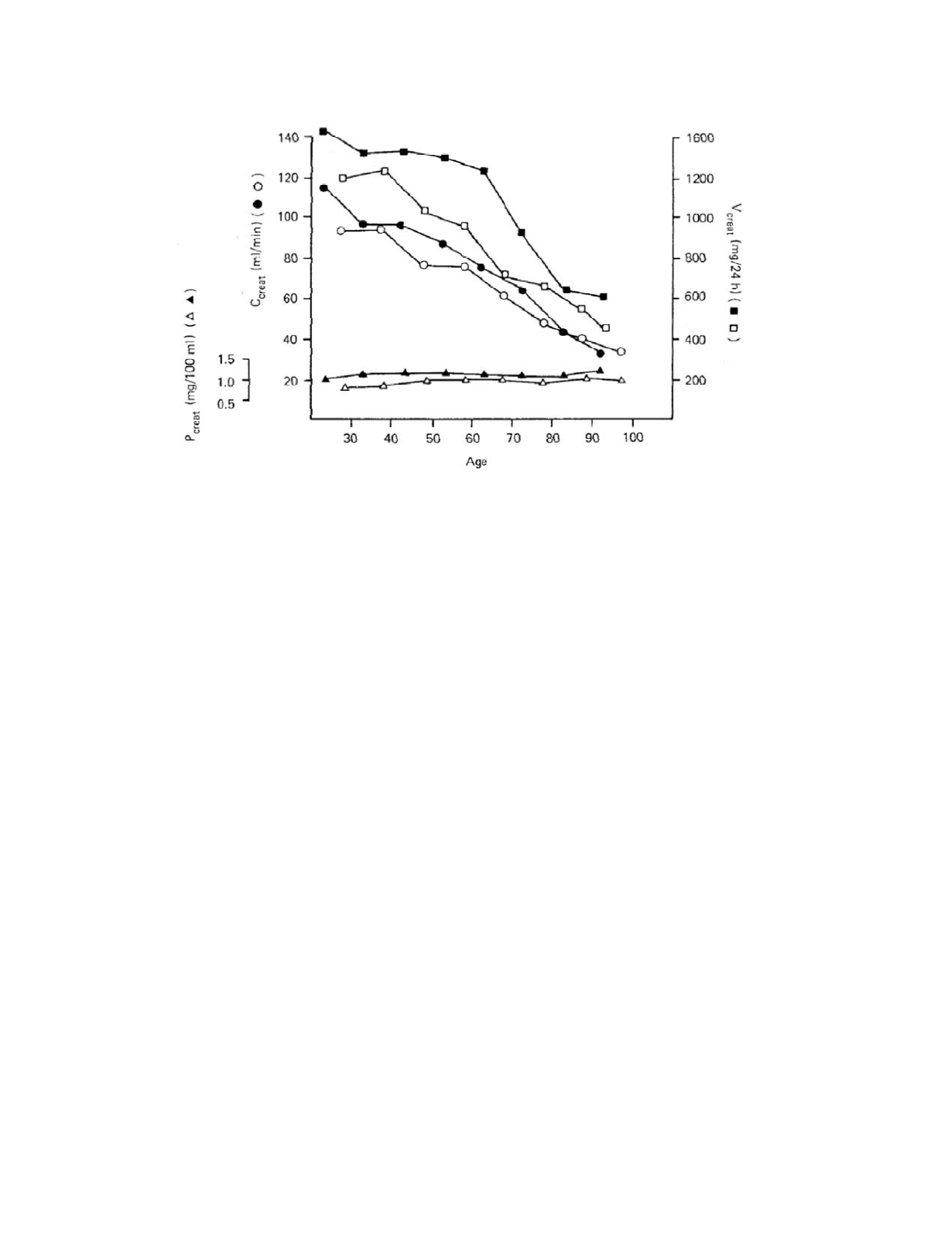
small and medium peaks; the main secretory period
which occurs during the last few hours of sleep and
for the first hour after waking and during which the
plasma cortisol concentration is high; and the inter-
mittent waking secretory period which occupies most
of the day and during which the plasma cortisol
concentration shows occasional, irregularly spaced
medium and large peaks.
At the Massachusetts General Hospital, the
circadian rhythm of cortisol is handled by partition-
ing the reference frequency distribution for the
plasma concentration of cortisol according to the
time of day: for 8 am to 12 noon, the reference
range is 138 to 690 nmol/L, for 12 noon to 8 pm,
the reference range is 138 to 410 nmol/L, and for 8
pm to 8 am, the reference range is 0 to 276 nmol/L
(Jordan
et al.
1992). At the Johns Hopkins
Hospital, the circadian rhythm is addressed by
providing a single time-specific, 8 am, reference
range, 220 to 500 nmol/L (Noe and Rock 1994).
The plasma concentrations of many other
substances follow circadian rhythms but the contri-
butions of the rhythmic changes to the total variabil-
ity in the concentrations tend to be small. Also, the
timing and magnitude of the rhythms tend to vary
among individuals, as has, for example, been
reported for the circadian rhythm in the plasma
concentration of iron (Stengle and Schade 1957).
In addition to circadian rhythms, the body has a
number of rhythms that cycle with periods greater
than a day. The most important of these is, of
course, the menstrual cycle. In addition to affecting
the sex hormones, the menstrual cycle also affects
the plasma concentrations of other steroid hormones
because of alterations in the concentrations of the
steroid-binding proteins in the plasma and altered
competition for their binding sites. Numerous other
plasma substances show long-term cyclic patterns in
response to the many physiologic changes attribut-
able to the menstrual cycle (Young 1979). In most
clinical laboratories, the reference frequency distri-
butions for the plasma sex hormone concentrations
in females are partitioned according to the phase of
the menstrual cycle. Taking 17-hydroxyproges-
terone as an example, at the Massachusetts General
Hospital, its plasma concentration reference range is
listed as 0.61 to 2.42 nmol/L for the follicular phase
and 2.72 to 9.20 nmol/L for the luteal phase (Jordan
et al.
1992). At the Johns Hopkins Hospital, the
plasma concentration reference ranges are 0.6 to 3.0
nmol/L for the follicular phase and 4.5 to 11.8
nmol/L for the luteal phase (Noe and Rock 1994).
REFERENCES
Avendano LH and Novoa JML. 1987. Glomerular filtra-
tion and renal blood flow in the aged. In Nunez JFM
Biologic Variability
6-9
Figure 6.8
Creatinine physiology as a function of age. Mean creatinine clearance rate (C
creat
), creatinine excretion rate
(V
creat
), and plasma creatinine concentration (P
creat
) binned by decade. Data from males is indicated by filled symbols and that
from females by empty symbols. Figure reprinted from Avendano LH and Novoa JML. 1987. Glomerular filtration and renal
blood flow in the aged. In Nunez JFM and Cameron JS (eds).
Renal Function and Disease in the Elderly.
Butterworths,
London. p 42.


